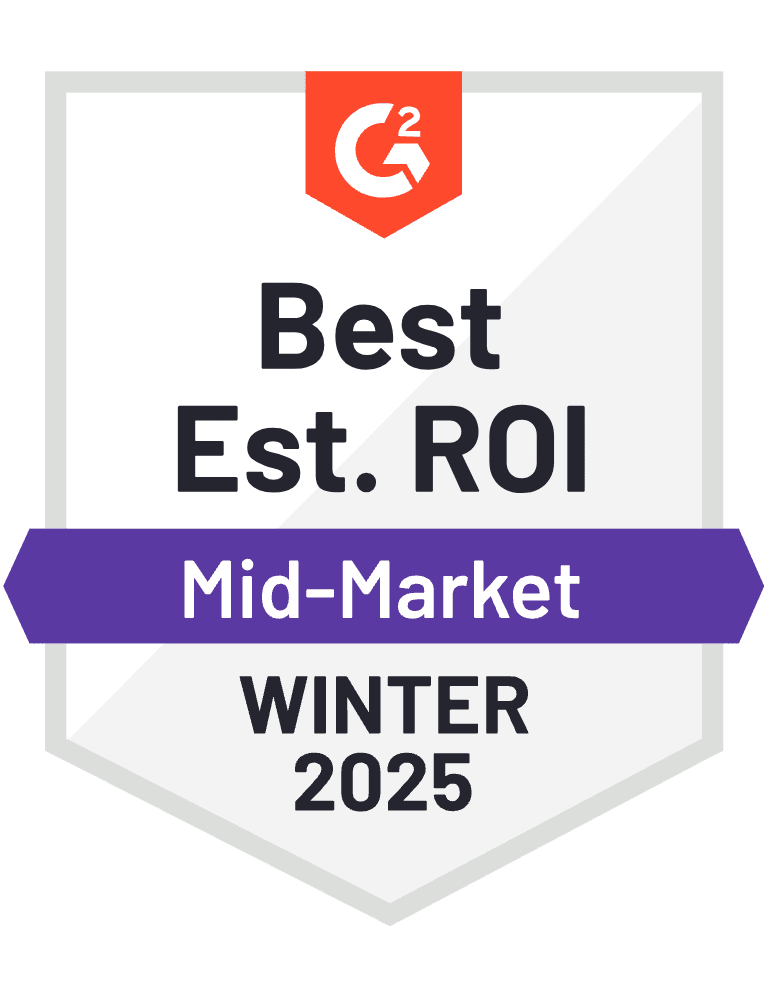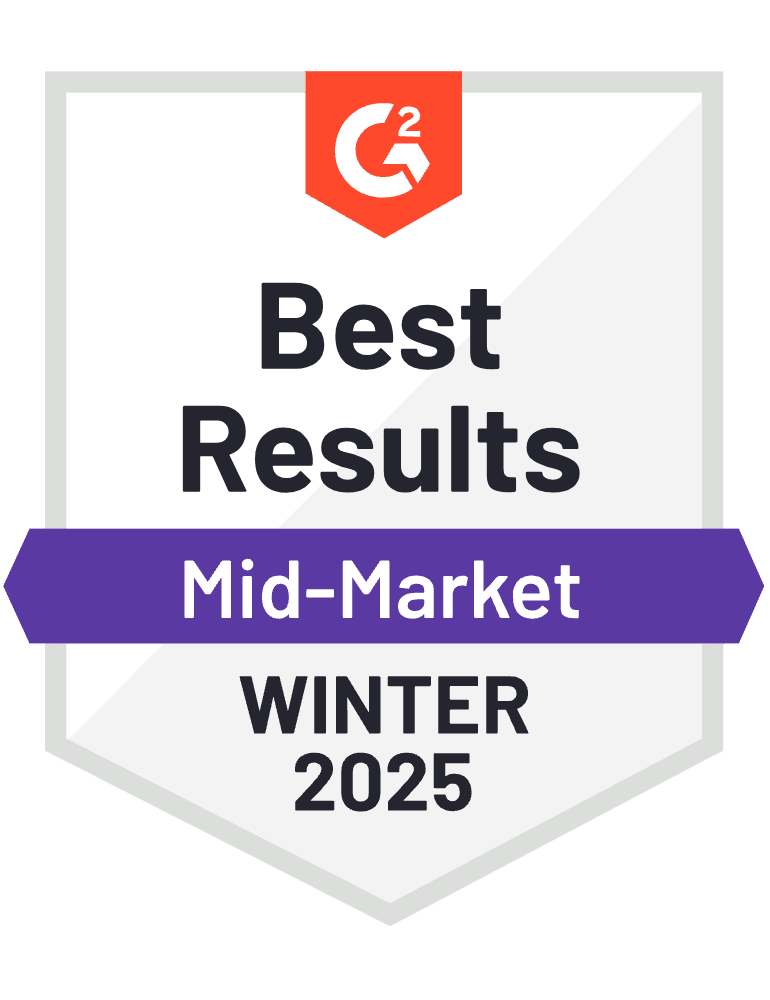What Is Contract Management Dashboard: Metrics & Key Benefits

Contract management is a crucial aspect of any business, and efficient management tools can significantly improve the overall process. One of the most effective solutions for managing contracts is a contract management dashboard.
In this article we will explore why it is important in business and the key metrics to be tracked.
What is a Contract Management Dashboard?
A contract management dashboard is a digital interface that helps organizations oversee and track their contracts in real-time. It acts as a central hub for managing the full lifecycle of contracts, from creation and negotiation to execution and renewal.
This dashboard typically presents a visual representation of contract data, offering an easy-to-understand overview of key metrics, alerts, deadlines, and compliance requirements.
The main objective is to provide visibility into all contract-related activities, empowering stakeholders to make informed decisions.
Instead of relying on scattered spreadsheets, emails, or documents, a dashboard consolidates everything into one place, giving businesses the ability to manage multiple contracts with ease.
Key Metrics to Track in a Contract Management Dashboard
When setting up your contract compliance tools it’s essential to know which metrics you should track to optimize contract performance and ensure compliance. Below are the key metrics that should be monitored
1) Contract Expiry and Renewal Dates
One of the most important metrics to track on a software is the expiry and renewal dates of your contracts. Missing a renewal or expiration date can result in missed opportunities, unintentional breaches, or unfavourable contract terms.
The system should automatically alert you when a contract is nearing its expiry, allowing you to take appropriate actions such as renegotiation, renewal, or termination.
2) Aging Chart
The aging chart provides a clear overview of the age of each contract, allowing businesses to quickly assess how long contracts have been active. It displays the number of contracts created within specific timeframes, helping you identify overdue or nearing expiration contracts.
This visual tool ensures you stay on top of your contract lifecycle and manage renewals or actions efficiently.
3) Contract Value and Payment Terms
Managing contractual obligations is crucial to avoiding legal disputes and financial penalties. A digital contract software allowIt is essential to monitor the value of each contract along with its payment terms. Tracking this helps in managing cash flow, ensuring timely payments, and preventing overdue or missed payments. The contract dashboard can provide visibility into whether payments have been made on time, which is vital for maintaining financial health. s businesses to track deadlines, contract renewal dates, and key deliverables with automated reminders and notifications.
This ensures that all parties fulfill their responsibilities on time, strengthening business relationships and preventing missed opportunities.
4) Compliance Status
Contract compliance tools play a crucial role in ensuring that all terms and conditions of a contract are met. A dashboard should feature a compliance status tracker that shows whether specific contract obligations have been fulfilled.
Non-compliance can lead to penalties, legal risks, and reputational damage, so it is vital to stay on top of this metric.
5) Contract Approval Status
Every contract goes through an approval process, whether it’s for internal or external stakeholders. Our tool tracks the approval stages and show where each contract currently stands in the workflow.
This allows businesses to monitor contract approval speed and address any bottlenecks that might arise during the process.
6) Contract Performance
Contract performance is an essential metric, particularly for long-term agreements. It involves monitoring the actual performance against the set targets and key performance indicators (KPIs). The system can help assess the overall effectiveness of contracts by tracking deliverables, milestones, and outcomes.
7) Contract Modifications
Benefits of Tracking Contracts with a Dashboard
Using online legal contracts offers several advantages that can help improve your organization’s operational efficiency and legal compliance. Here are the key benefits:
1. Improved Visibility and Control
The primary benefit of using it, is the increased visibility and control it provides over your contracts. By consolidating contract data in one place, you can quickly assess the status of each contract, monitor critical dates, and identify potential risks.
This makes it easier for stakeholders to stay informed and take proactive measures when needed.
2. Enhanced Compliance Monitoring
Compliance with contract terms is critical for avoiding legal disputes and financial penalties. A dashboard that tracks compliance ensures that businesses stay on top of their obligations.
With automated alerts and reminders, it’s easy to ensure that contracts remain in compliance with both internal policies and external regulations. Furthermore, contract compliance tools help identify non-compliant clauses and suggest necessary changes.
3. Risk Mitigation
Tracking contracts in real-time enables you to identify potential risks early, such as missed deadlines, payment delays, or non-compliance. By addressing these risks proactively, organizations can prevent costly mistakes and ensure smoother operations.
The dashboard can also help mitigate risks associated with missed renewals, contract disputes, and other contractual breaches.
4. Increased Efficiency
Manual tracking of contracts is time-consuming and prone to human error. It automates many processes, such as sending reminders for contract renewals and providing a real-time overview of contracts in the approval pipeline.
This automation reduces administrative overhead, allowing your team to focus on more strategic tasks.
5. Better Decision-Making
By tracking the performance and status of contracts, an online legal contract enables better decision-making.
It provides valuable data and insights that can inform negotiations, renewals, and amendments, helping businesses make informed decisions about their contracts and legal agreements.
Best Practices for Implementing a Contract Management Dashboard
While adopting a software to manage contracts it will significantly enhance your contract management processes, its implementation must be done correctly to maximize its benefits. Here are some best practices for implementing a contract management dashboard
1. Define Clear Objectives
Before setting up the dashboard, take the time to clearly define your objectives. Are you looking to track compliance? Monitor payment terms? Reduce contract approval time? By understanding your goals, you can customize the dashboard to align with your specific needs, ensuring it provides the insights and functionalities that matter most.
2. Integrate with Other Business Systems
To ensure seamless tracking and reporting, integrate your contract management dashboard with other business systems, such as Outlook, MS Teams and Outlook.
This will allow you to create a unified system where data flows smoothly between platforms, reducing manual work and improving accuracy.
3. Ensure User-Friendliness
The success of your dashboard relies heavily on user adoption. To ensure your team can efficiently use the system, make sure the interface is intuitive and easy to navigate. A user-friendly dashboard will help your team track contracts without facing any challenges or steep learning curves.
4. Provide Proper Training
Implementing a new system requires adequate training for your team. Make sure your staff members understand how to navigate through the interface and how it can benefit their daily tasks.
Offering hands-on training will improve adoption rates and ensure that your team uses the system effectively.
5. Monitor and Adjust
After the dashboard is in place, continuously monitor its performance and adjust as necessary.
Gather feedback from users and identify any gaps in functionality. Regularly update the dashboard to reflect changes in business needs, compliance regulations, and industry best practices.
How CLM 365 Aligns with Your Company Needs
CLM 365 is a robust software designed to streamline the process of managing contracts from start to finish. It is Microsoft certified contract management where it integrates with MS apps easily.
It offers a comprehensive software that enables businesses to efficiently track contracts, monitor performance, and ensure compliance.
1. Comprehensive Dashboard
It provides a centralized dashboard that consolidates all your contract data in one place. It offers customizable views that display key metrics such as contract status, renewal dates, payment terms, and compliance.
The user-friendly interface ensures that all stakeholders can easily track and manage contracts.
2. Real-Time Alerts
You will receive real-time alerts and notifications for important contract milestones, such as upcoming expirations, renewal dates, and approvals. This helps prevent missed deadlines and ensures that actions are taken in a timely manner.
3. Seamless Integration
It integrates smoothly with existing business suites, including Outlook, MS Team, and SharePoint.
This enables seamless data exchange and ensures that your contract management processes are fully aligned with other business operations.
4. Scalability
As your business grows, CLM 365 grows with you. The platform is highly scalable, making it ideal for both small businesses and large enterprises. It can accommodate a growing volume of contracts and support additional users, all while maintaining performance and ease of use.
5. Data Security
Our tool, built on the trusted Microsoft ecosystem, provides enterprise-level security, ensuring that your data is always protected. Administrators have full control over the dashboard, allowing them to always manage and monitor data access.
From the beginning to the end of your contract processes, our software guarantees that each step of contracts handled securely. This ensures that your data stays within your control, offering peace of mind and confidence that your information is safe throughout the entire process.
Conclusion
A contract management dashboard is an essential tool for any organization that deals with contracts. By providing visibility, tracking key metrics, and offering real-time alerts, it enables businesses to manage contracts more efficiently, ensuring compliance and reducing risks.
Following best practices during implementation and using a comprehensive platform like CLM 365 can help align the dashboard with your company’s needs, improving decision-making and operational efficiency.
Frequently Asked Questions
1. How does a contract management dashboard improve workflow?
It automates processes, reducing manual tracking and ensuring that important tasks, like renewals or approvals, are handled on time.
2. Can multiple users access the system at the same time?
Yes, dashboards are designed for multi-user access, allowing team collaboration and real-time updates on contract statuses.
3. What kind of reports can I generate from a contract management dashboard?
You can generate reports on contract status, performance, compliance, payments, renewals, and other important metrics to support decision-making.
4. Can I customize my contract dashboard?
Yes, dashboards offer customizable views and metrics so businesses can tailor them to meet their specific needs.
5. Is the dashboard capable of providing real-time updates on contract statuses?
Yes, it provides real-time updates on contract statuses. It tracks contracts through various stages and sends automated alerts for key milestones like expirations, approvals, or compliance deadlines, ensuring timely action and better decision-making.






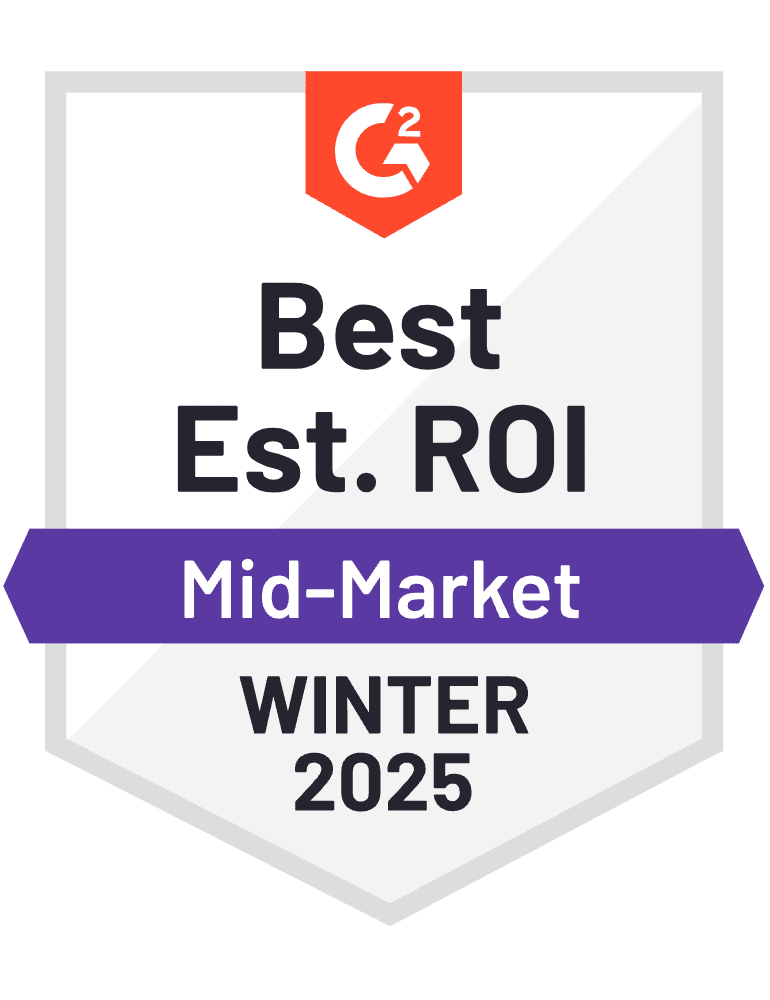


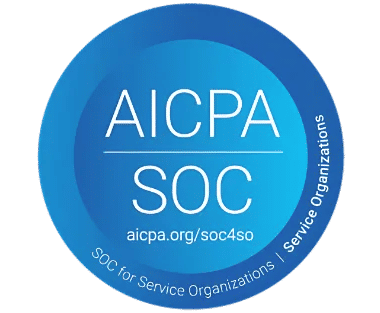
_svxLrd-8yH.png)
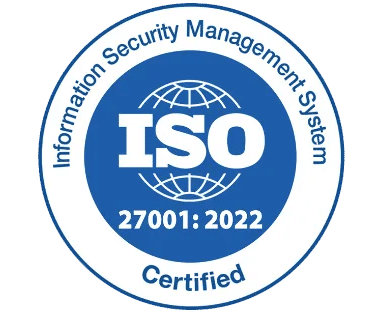
_2VYSFUTN5m.png)

_JiluXJRGNl.svg)

_2djTKNocf.png)





_Rapo0hRMBy.png)
